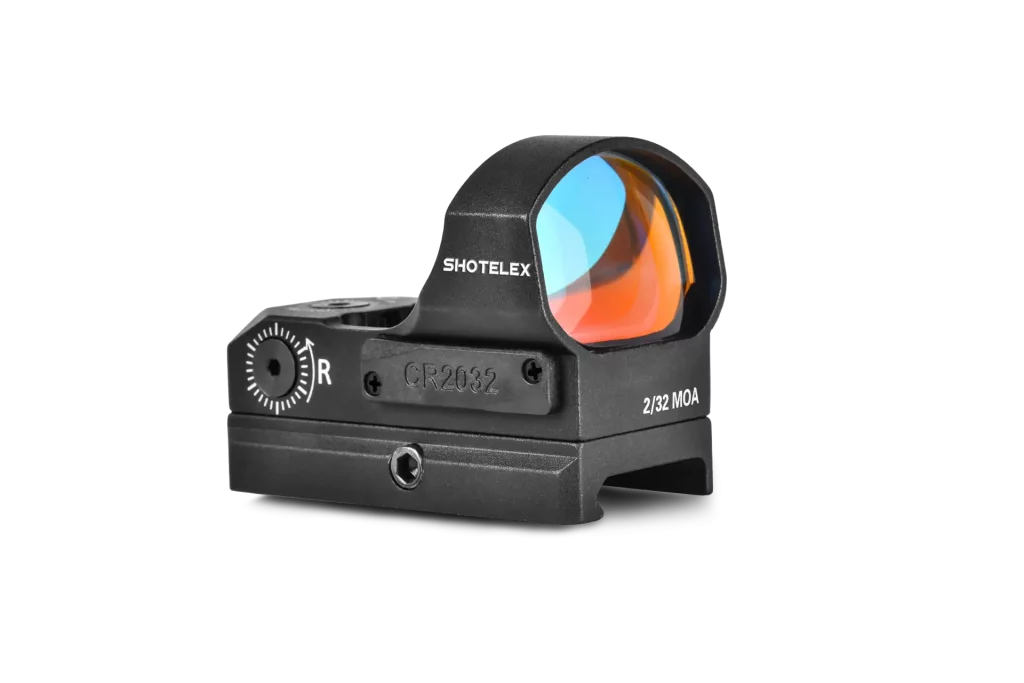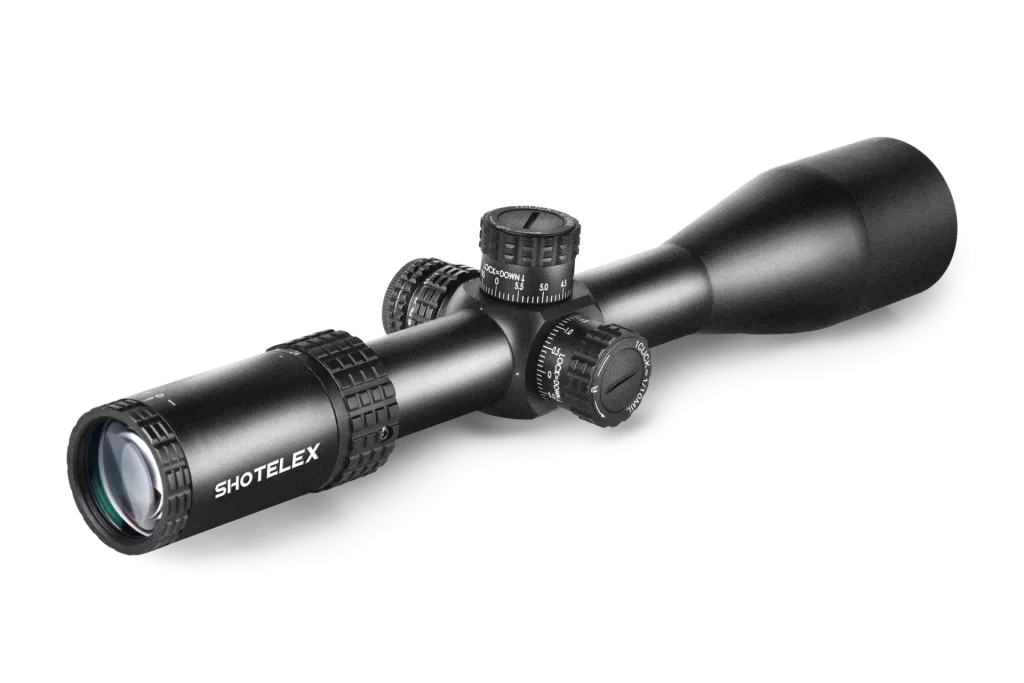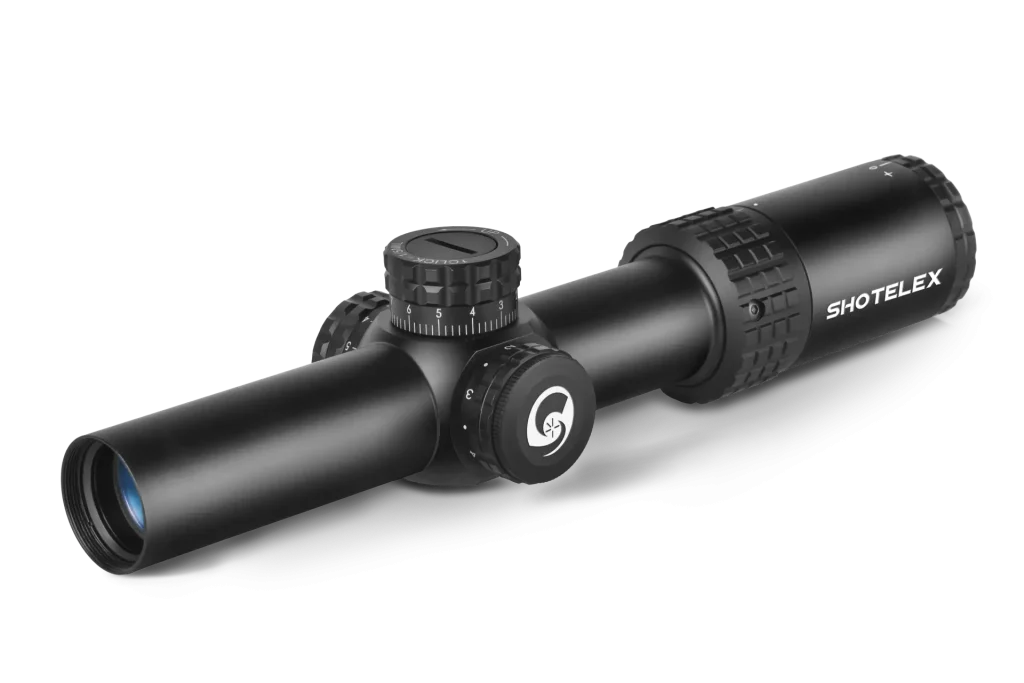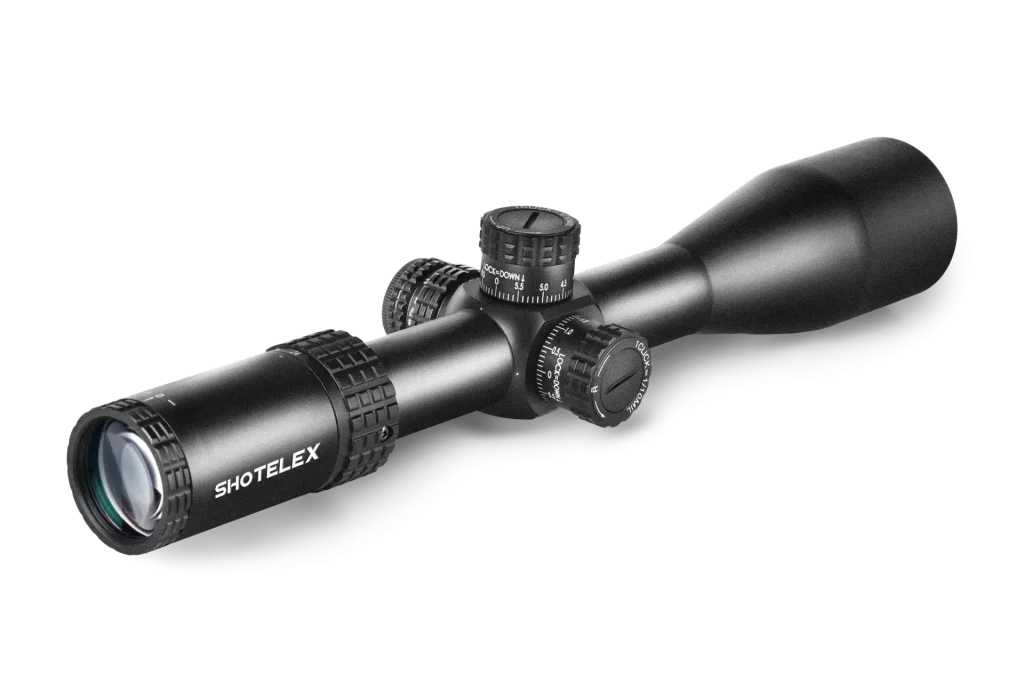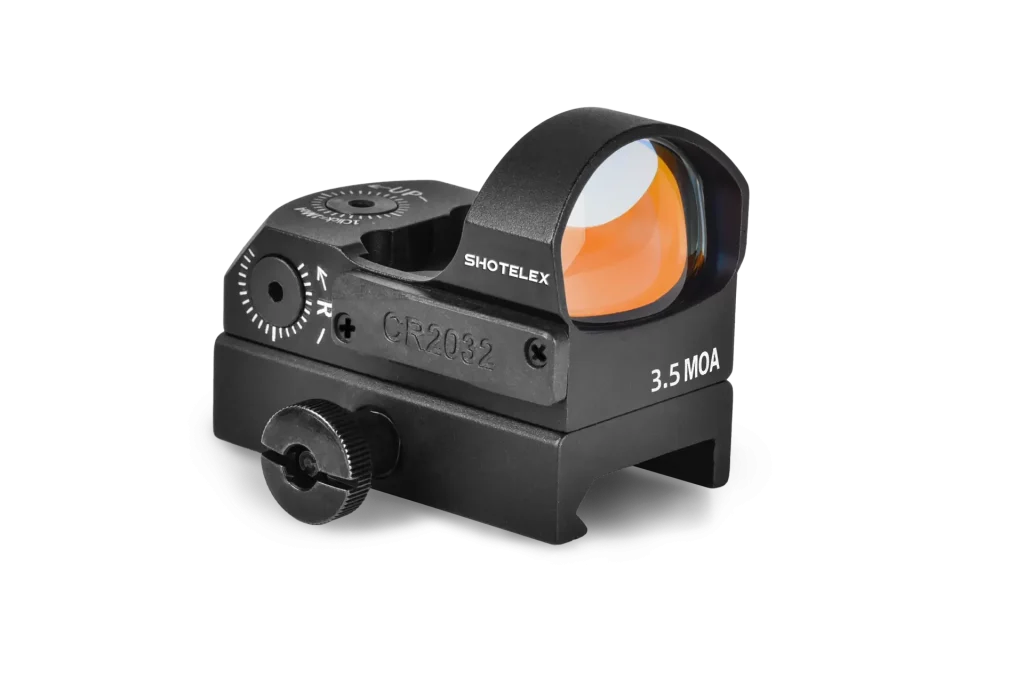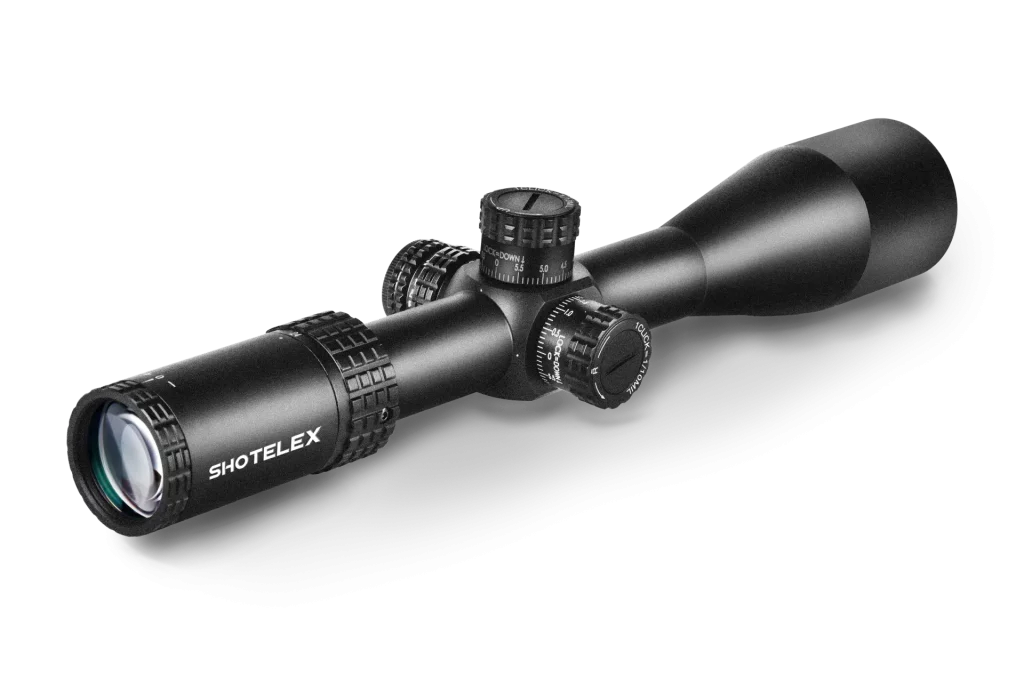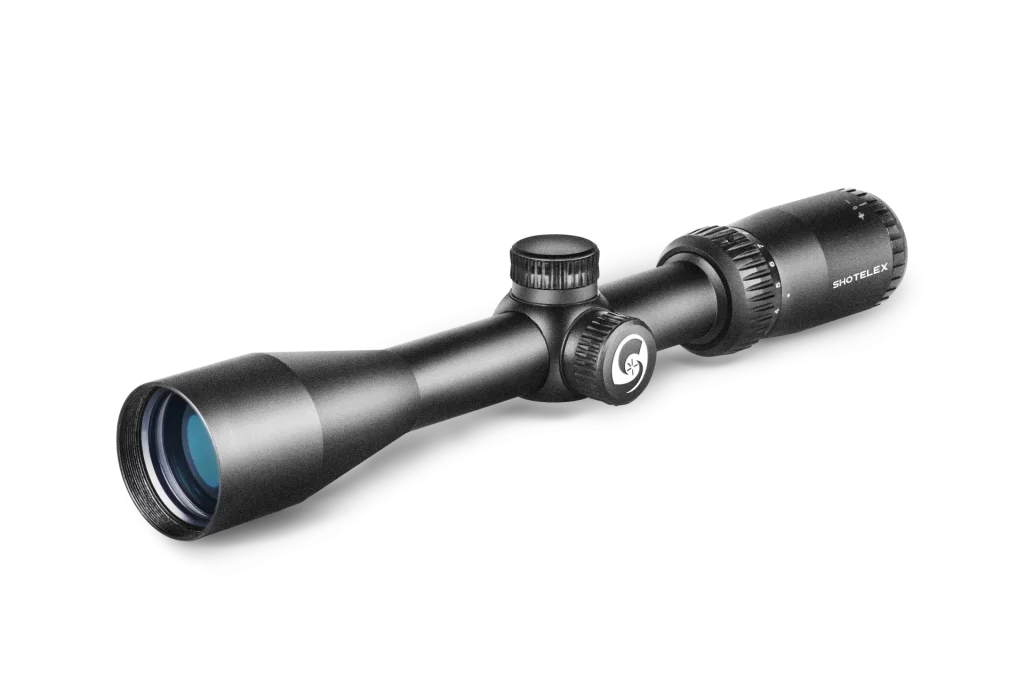How Long Do Rifle Scopes Last? 4 Factors That Kill Your Optics
Rifle scope is a key equipment for improving shooting accuracy and is widely used in hunting, shooting at the shooting range, tactical training and other fields. However, many users are worried: Will the scope be prone to damage? After all, it contains precise optical lenses and mechanical structures inside, and may even involve electronic components.
In fact, high-quality scopes can serve for many years under normal use, but incorrect operation or harsh environments may lead to performance degradation or even complete damage. This article will provide a detailed analysis of the common causes of scope damage, how to identify faults, and offer practical maintenance suggestions to help you extend the service life of your scope.
The Basic Structure And Types Of Riflescopes
- Optical scope
Lens group: It includes the objective lens, eyepiece, and reticle (cross line/density point), which affects the clarity of the image.
Adjustment mechanism: Used for zeroing calibration (adjusting wind deflection and height).
Shell and seal: Usually nitrogen-filled for water and fog resistance.
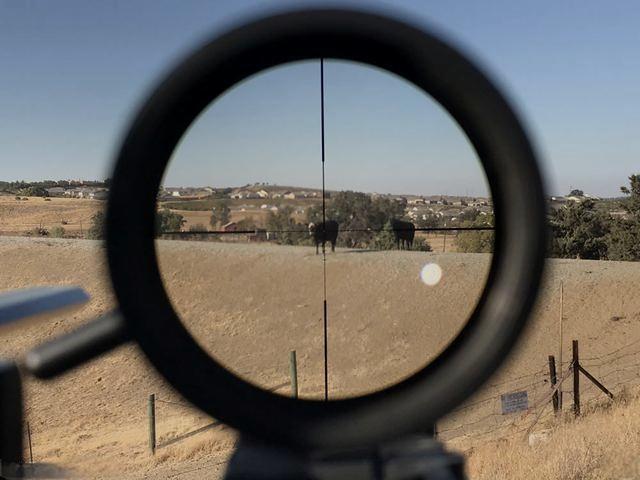
- Electronic scope
Red dot mirror (Reflex scope) : No magnification function, relying on LED projection of red dots.
Night vision scope: Relying on infrared or low-light enhancement technology, it contains batteries and circuits.
Common Causes Of scope Damage
(1) Physical shock
Violent physical shock is the “number one killer” of scope damage. When a rifle is shooting, the recoil force it generates, or when it accidentally drops or collides during use, can cause serious damage to the scope. Strong impact forces may cause the lenses to break or get scratched, affecting the clarity of the image. The internal components such as the reticle and focusing mechanism may also shift or loosen due to vibration, causing the aiming to lose accuracy.
(2) Environmental factors
- Damp/Wet: Poorly sealed scopes may fog up, and rail interfaces, etc. may rust (especially during the rainy season or by the sea).
- Extreme temperature: High temperature softens the sealant, while low temperature causes the grease to solidify (the adjustment knob gets stuck).
- Dust/salt spray: Dust entering the interior of the scope (such as through the gap of the focusing ring) may wear out the lens coating or clog the adjustment mechanism.
(3) Improper use and maintenance
Incorrect usage habits and improper maintenance can also shorten the lifespan of the scope. Frequent and rough adjustment of the scope knob will accelerate the wear of the internal gears and threads, resulting in a decrease in adjustment accuracy. When cleaning, using rough cloth or corrosive cleaning agents may scratch the lens coating, reducing the light transmittance and anti-reflective performance. If non-professionals disassemble the scope at will for cleaning, it may also damage the internal structure, affect the calibration of the optical axis, and cause the scope to fail to work properly.
(4) Quality defects and expiration of service life
- Common problems with low-cost scopes: Low-end products may have defects such as loose welding and insufficient material strength. During normal use, problems such as the reticle plate falling off and the mirror body cracking are prone to occur.
- Nitrogen-filled process defect: Some scope lenses have not completely expelled the internal air. Over time, the lenses may come apart due to gas expansion.
- Optical component aging: After long-term use, the coating on the lens may gradually oxidize, the light transmittance may decrease, and the field of view may become darker. The fluorescent coating of the reticle (such as tritium light illumination) will deteriorate over time and its brightness will decrease.
- Electronic component lifespan: For built-in battery-powered scopes (such as red dot scopes), if battery leakage is not dealt with promptly, it may corrode the circuit board, leading to permanent failure.
How To Determine If The Scope Is Damaged?
| Fault Type | Manifest Symptoms | Possible Reasons |
| Optical problem | The imaging is blurry and the edges are distorted | Lens contamination and coating damage |
| Mechanical problem | Reset failure and the knob idling | Internal gear damage |
| Sealing problem | There is fog and water stains inside the lens | The sealing ring ages. |
| Electronic problem | It cannot be turned on and the brightness is abnormal | Battery/circuit failure |
Practical Suggestions For Extending The Lifespan Of A Scope
Correct installation and adjustment: Use a torque wrench to fix the fixture with the force recommended by the manufacturer to avoid over-tightening. When adjusting the knob, apply force evenly and avoid violent operation. Choose high-quality guide rails (such as Picatinny standard) to reduce the risk of displacement.
Regular maintenance and cleaning:
- Clean the lenses with a dedicated lens pen or microfiber cloth and avoid scratching them with hard objects.
- Dry the mirror body in time after a damp environment and regularly check the condition of the sealing ring.
- When not in use for a long time, store in a dry environment and avoid direct sunlight.
Dealing with extreme environments: Use nitrogen-filled waterproof scopes in scenarios with large temperature differences; Dust covers (such as objective lens protective covers) should be installed in sandy and dusty environments.
Regular inspection: Check if the screws are loose and if the lenses have any stains or scratches.
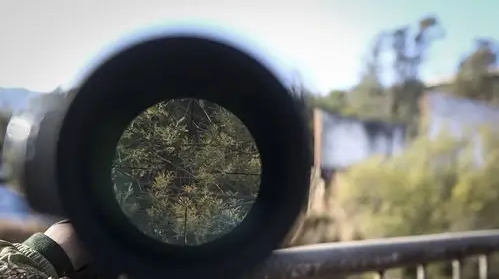
Common Misunderstandings and Answers
❌ “Military scope never breaks!”
→ Even military-grade mirrors like Trijicon ACOG can be damaged under extreme abuse.
❌ “A light fog is okay, just dry.”
→ Long-term dampness may cause mold inside the lenses and requires professional repair.
❌ “scope can be disassembled and cleaned at will”
→ Non-professional disassembly can easily damage the internal structure, leading to more serious problems.
❌ “Nitrogen-filled waterproof scope can completely eliminate fogging”
→ Nitrogen-filled waterproofing only reduces the probability of fogging. Even under extreme temperature differences, temporary fogging may still occur.
Summary
Rifle scope, as a precise optical instrument, is indeed prone to damage under the influence of various factors. Proper use and maintenance can significantly reduce the probability of damage, but malfunctions may still occur under long-term high-intensity use or harsh environments. Professional shooters usually calibrate their scopes regularly and carry spare equipment just in case. If the scope shows obvious damage (such as a broken lens or malfunctioning adjustment), it is recommended to hand it over to the manufacturer or a professional repair institution for handling to avoid disassembling it yourself and causing greater losses.
Further reading: Zeroing tutorial

